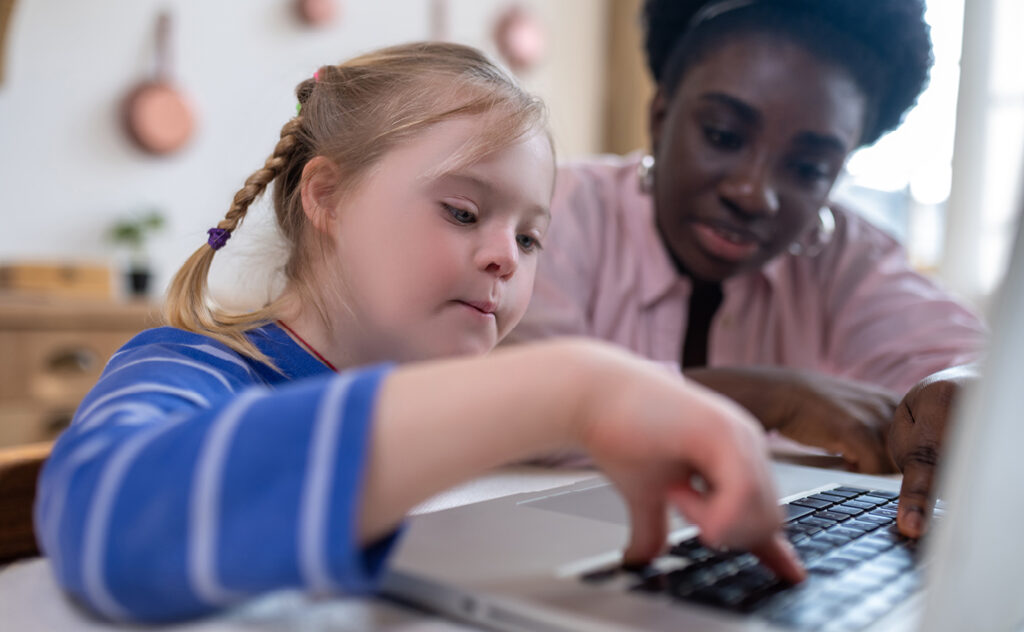
More and more, all educators are prioritizing instructional strategies that can support diverse student populations with a wide range of learning needs. Students with disabilities are included in general education while special education services are provided within the classroom. This setup can benefit all learners and create an inclusive culture in schools, but general education teachers can sometimes feel underprepared to meet the needs diverse learners. How can teachers create a classroom suitable for a variety of learning abilities?
Ongoing professional development on educational and behavioral strategies is critical, but you can also make simple changes in your classroom to support a variety of needs.
- Consistent Visuals: The consistent use of visuals can be a game-changer in supporting students with delayed processing. For example, displaying a classroom schedule and referencing it during activity transitions can decrease behavioral issues. With younger students, this can be simplified or paired with a first/then visual to help students understand when a transition is happening.
- Transitional Cues: Non-verbal transition cues can support students who have difficulty processing language or moving between activities. When an activity is beginning, set a five-minute timer and provide an audio cue paired with a verbal warning. When it’s time to end the activity, use the audio and verbal cue again while referencing the classroom schedule and expectations so students understand what the transition looks like. This can reduce stress for students who experience sensory overload, difficulty transitioning or challenges with processing language.
- Communication: Students with disabilities can be impacted by language delays. Recognize and accept all forms of communication and speak with speech pathologists about ways you can support language development. For example, if a student is using a communication device, find ways to incorporate and model the device. You can even add and reference printed visuals of symbols throughout the classroom to model vocabulary.
- Create Space For Emotional Regulation: Students who experience sensory overload or emotional dysregulation can benefit from a specific location within the classroom they can go to if they need time for regulation. Create a non-verbal system for requesting access to the break area. To help students build emotional regulation skills, model calming strategies throughout the day and invite students to practice with you. You can also add visuals of tools to help students identify what may work for them. The more students practice strategies while regulated, the more likely they will be able to use the strategies when they are needed.
- Universal Tools: Many strategies that support students with diverse needs are helpful for all students. Equip your classroom with tools that can support all learners and allow students to explore and discover what works best. Noise canceling headphones, alternative seating, specialty-lined or highlighted paper, varied writing tools, text to speech, speech to text, access to break areas, and frequent movement breaks are just a few among many tools. Offering support to all students rather than only those with individualized education plans can help create an inclusive atmosphere.
While adding inclusive practices to the classroom does not replace quality training on inclusion and special education, it can be one step in a positive direction for all students to feel welcomed. The addition of universal supports can serve to support all learners, decrease unpleasant behaviors and teach valuable emotional regulation skills.
Gain all the skills you need to serve students with disabilities with the M.Ed. in Special Education, Micro-Credential in Early Childhood Special Education or Micro-Credential in Learning Behavior Specialist 1 at American College of Education.

